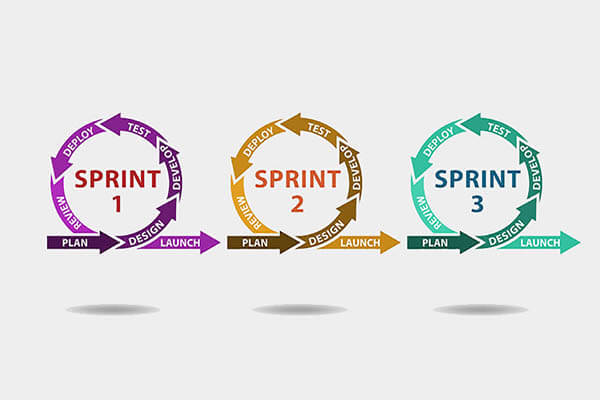
Agile Methodology
Agile is an iterative, team-based approach emphasising rapid delivery of the entire functional components of a product. Agile testing differs from the Waterfall method as testing can begin at the start of the life cycle, with integration between development and testing. Ultimately, Agile testing is not sequential, but continuous.
Read More
